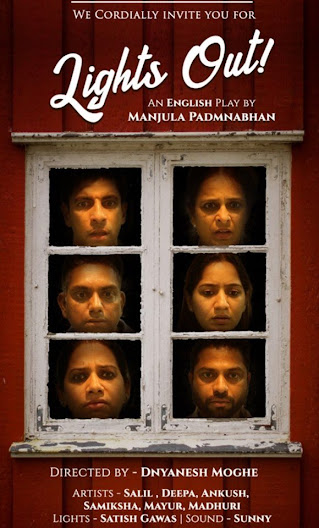"Good Luck, Bad Luck, Who Knows?": A New Play by The Mustard Seed Art Company

The Mustard Seed Company is a name well associated with quality English theatre and has evolved entirely in Goa, thanks to the efforts of Isabel de Santa Rita Vas. The amateur theatre company has in the past performed plays that make you stop and think about life, society, the world, and the role you have to play. The latest production of The Mustard Seed Art Company is called Good Luck, Bad Luck, Who Knows? , and it will transport its audience to a street in Goa. Why a street, you ask. Isabel Vas says, ‘This is where things happen, where people’s paths cross, where strangers make contact and for a moment become neighbourly. Streets are pathways and footpaths, but they are far from being mere blank spaces between the point of departure and the point of arrival. Flanked by doorways and window sills, and verandahs and attics, the street is filled with sounds and smells and lights and shadows, presence and absence. It’s on a street that long lost friends bump into each other, where the f









